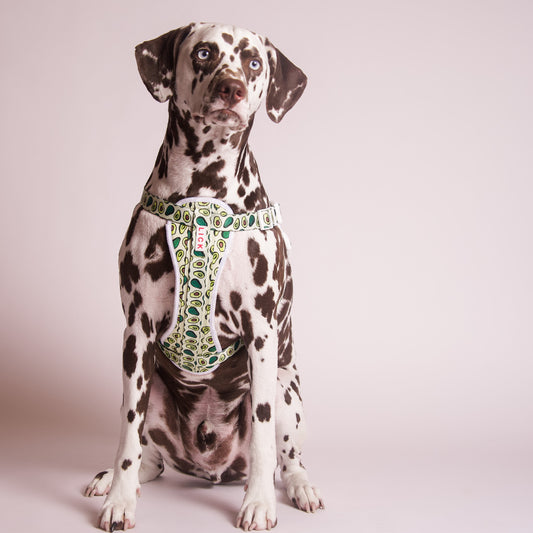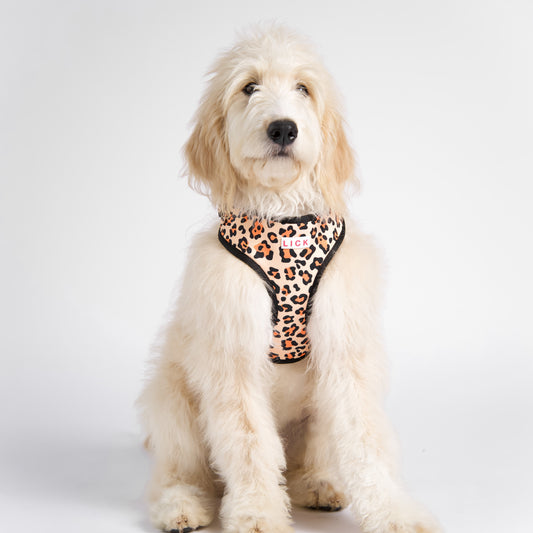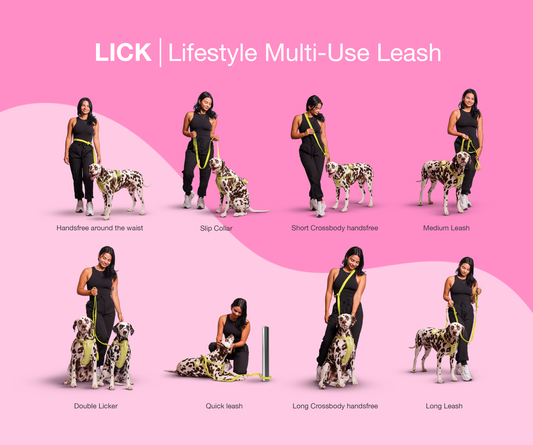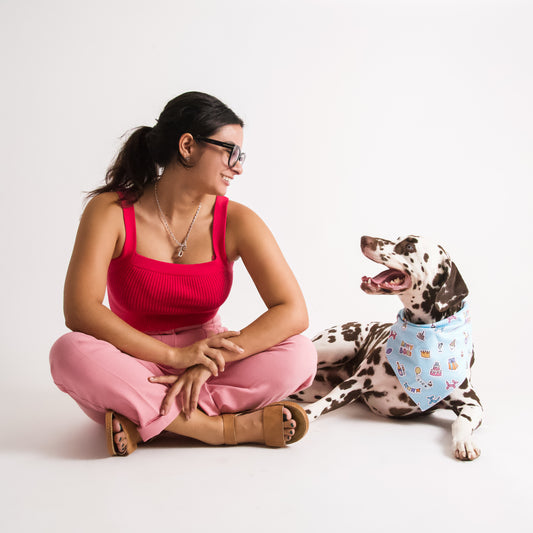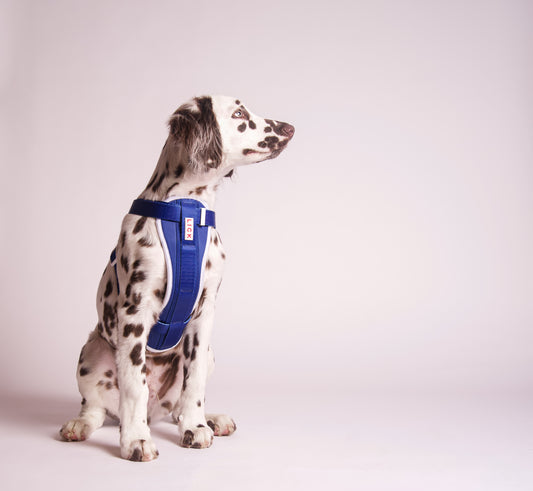
The Pros and Cons of Raw Feeding for Dog
Raw feeding for dogs, also known as the BARF (Biologically Appropriate Raw Food) diet, is a growing trend among pet owners. The premise is simple: dogs are carnivores, and their digestive systems are best suited for a diet based on raw meat, bones, and organs. But as with any new trend, there are pros and cons to consider. In this blog, we'll explore the advantages and disadvantages of raw feeding for dogs.
Pros:
-
Improved Health: Many pet owners who have switched to raw feeding report improved health in their dogs, including clearer skin, shinier coats, and healthier teeth and gums.
-
Increased Nutritional Value: Raw food is often considered more nutritionally complete than kibble, as it contains a higher level of essential vitamins, minerals, and amino acids.
-
Better Digestion: Dogs who are fed a raw diet often have better digestion, with firmer stools and less gas.
Cons:
-
Time-Consuming Preparation: Raw feeding requires a significant amount of preparation time, as each meal must be made from scratch.
-
Potential for Bacterial Contamination: Raw meat, bones, and organs can contain harmful bacteria, such as Salmonella and E. coli, which can make both you and your dog sick.
-
Risk of Nutrient Imbalances: Without proper planning, it's possible for dogs on a raw diet to suffer from nutrient imbalances, such as calcium deficiencies.
-
Increased Cost: Raw feeding can be significantly more expensive than feeding kibble, especially if you're using high-quality cuts of meat.
Conclusion: Raw feeding is a controversial topic, with passionate advocates on both sides. While it's clear that there are some potential benefits to feeding a raw diet, it's important to carefully consider the cons before making the switch. If you're interested in raw feeding, it's best to speak with a veterinarian and do your research to ensure that your dog is receiving a balanced and nutritionally complete diet.
